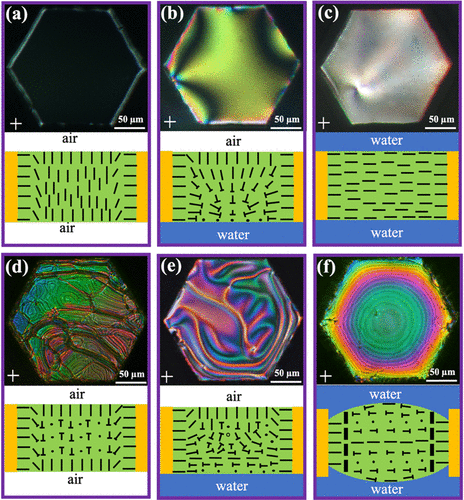The more I read the less I know. https://www2.chemistry.msu.edu/faculty/reusch/virttxtjml/chapt11.htm
A novel liquid crystal microlens array with tunable multifocal capability, high optical power and fill-factor is proposed and experimentally demonstrated.
Liquid crystals can be divided into thermotropic, lyotropic and metallotropic. Thermotropic and lyotropic liquid crystals consist mostly of organic molecules, although a few minerals are also known. Thermotropic LCs exhibit a phase transition into the LC phase as temperature changes. Lyotropic LCs exhibit phase transitions as a function of both temperature and concentration of molecules in a solvent (typically water). Metallotropic LCs are composed of both organic and inorganic molecules; their LC transition additionally depends on the inorganic-organic composition ratio.
Examples of LCs exist both in the natural world and in technological applications. Lyotropic LCs abound in living systems; many proteins and cell membranes are LCs, as well as the tobacco mosaic virus. LCs in the mineral world include solutions of soap and various related detergents, and some clays. Widespread liquid-crystal displays (LCD) use liquid crystals.

